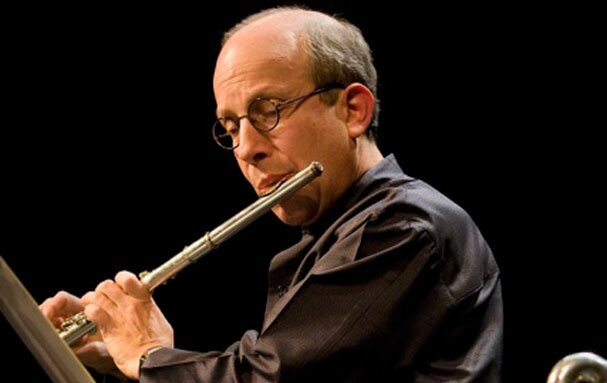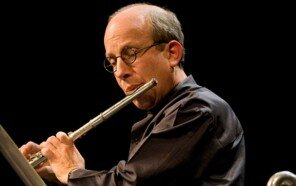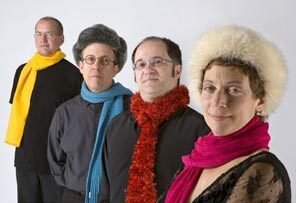Sunday afternoon at St Stephen’s Church in Laurelhurst, Philharmonia Northwest gave an exciting concert of works from the eastern Baltic, with works by Estonia’s Arvo Pärt, Latvia’s Pēteris Vasks and Finland’s Jean Sibelius, the first two composers still living and Sibelius from almost a century earlier.
It’s a local community orchestra, but hardly describable as amateur, many of its members having music degrees and all of them having studied seriously for years.* It’s been around since 1976, first as Thalia Chamber Orchestra, changing its name to Philharmonia Northwest in 1987, and with the same music director Roupen Shakarian building it for 24 years until 2010.
The orchestra entered a new era in 2011 under Julia Tai, an up and coming conductor with impressive credentials now beginning her third season as music director.
First up was Pärt’s Fratres, composed as music that has the same atmosphere as that sung by monastery monks, only here played by an orchestra. From the first notes, it’s peaceful and meditative, as it starts with soft drum and claves (wood sticks knocked together) over a drone in the low strings which continues and is joined by the other instruments in a hypnotic, lulling melody. The work repeats the short rhythmic drum and claves phrase alternately with the song phrase style of the melodic part which is never quite the same, and all of which gradually swells louder and then gradually dies back to the same soft notes as the start. The whole gripped the audience and at the end there was long silence before the applause.
To begin with, Vask’s Flute Concerto from 2009, here receiving only its second U.S. performance with soloist Paul Taub, has the same gentleness, with the sound of a breeze blowing, soft bells and string tremolo, unhurried. The flute sings high above the other harmony, very much part of it rather than as a separate entity with an accompaniment. Both first and third movements are slow, the third elegiac in feel; slow stately with a hint maybe of Elgar’s robustness, but with thoughtful, beautiful melody. The second is a total change of mood: brash, syncopated, impudent, fun. Vasks makes brilliant use of the different instruments, and at times there is even a feel of fairground barrel organ in the rhythm. The busy flute flies over the top, and in the course of the concerto uses techniques like overblowing, flutter-tonguing, even humming while playing.
Vasks’ concerto is a substantial work which deserves wide hearing, original without being in anyway inaccessible to the general ear. Taub gave a fine performance, playing almost continuously throughout with a long cadenza in the second movement. He knows Vasks and has been able to consult with him on how his music is played. The second movement particularly is tricky for the orchestra, which Tai kept well together with her clear beat and indications, though there were moments which seemed harder for the orchestra.
Again, the appreciative audience gave the music moments of silence before applauding.
The Lemminkainen Suite of Sibelius is really a symphony with a storied program, the second section of which, “The Swan of Tuonela,” is the best-known. Philharmonia played that, but as well the first and fourth sections, to my mind just as good, with the sportive delights of the first wind theme, the excellent English horn solo (played by Terry Pickering) of the second and the energy and tense moments of the last.
The orchestra’s performance was impressive for the whole concert. Tai’s indications were instantly followed, her beat was notably clear, and the orchestra felt well and efficiently rehearsed. This young conductor, in her very early 30s, is already making a name for herself, not just here in the Northwest (she was tapped by the Seattle Symphony to conduct its Celebrate Asia concert earlier this year) but abroad. Somebody to watch.
* All of the orchestra members have studied music seriously at some point, and about half of them have either a bachelor’s or master’s degree in music. About a third are currently employed as music teachers or freelance musicians, but the rest have jobs outside the field, as software engineers, attorneys, a veterinarian, financial specialists, etc.


